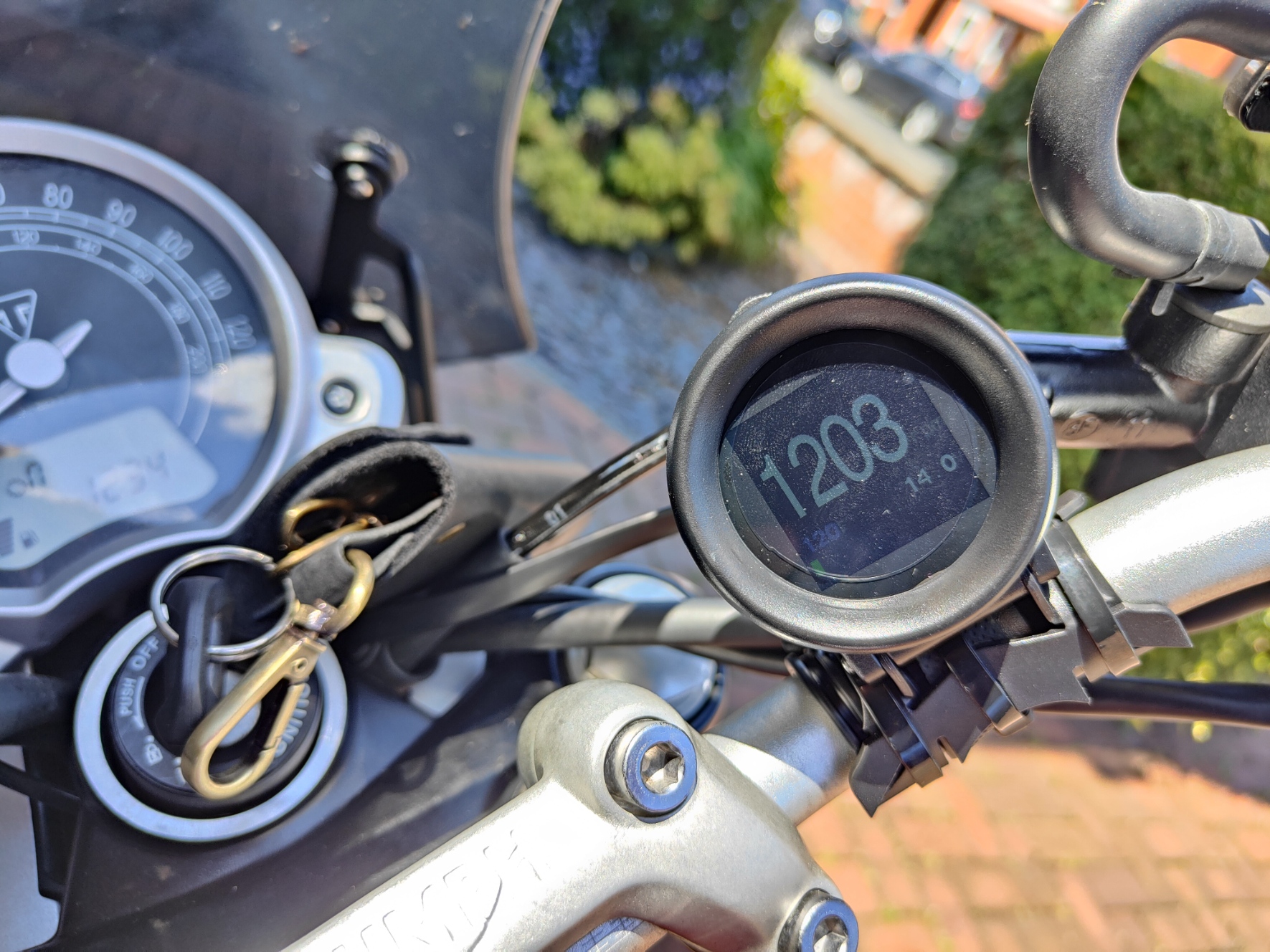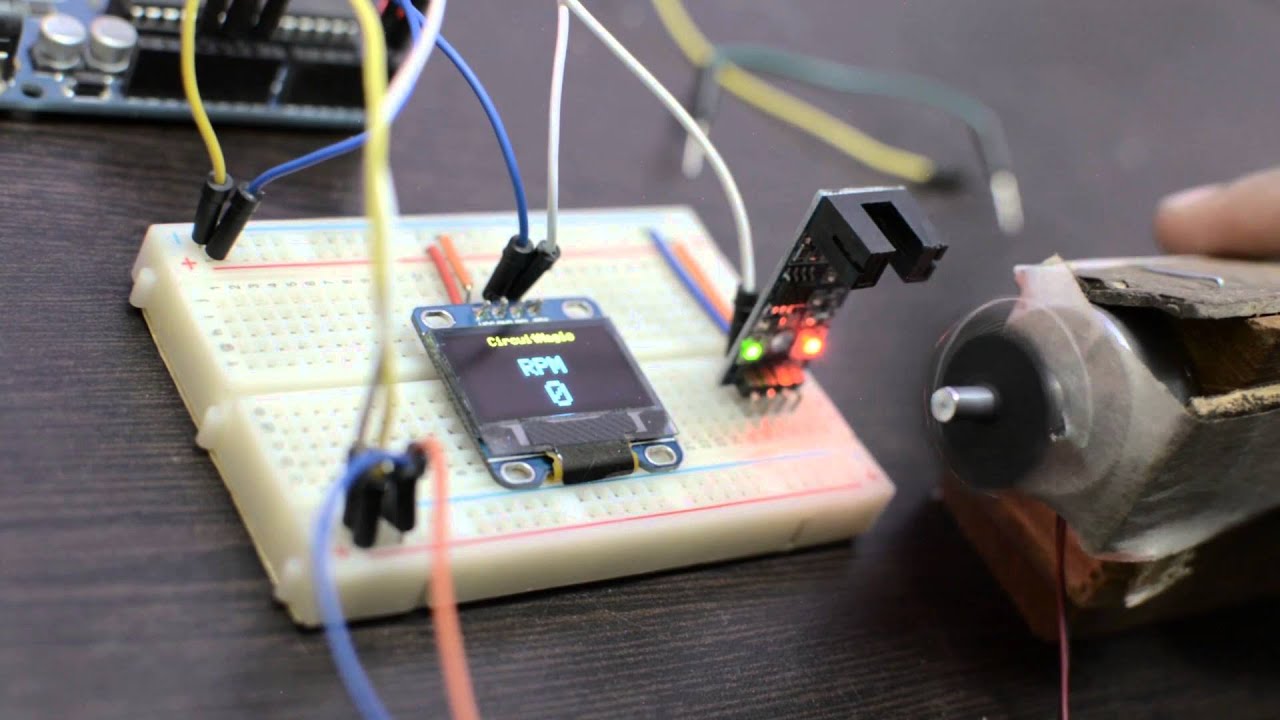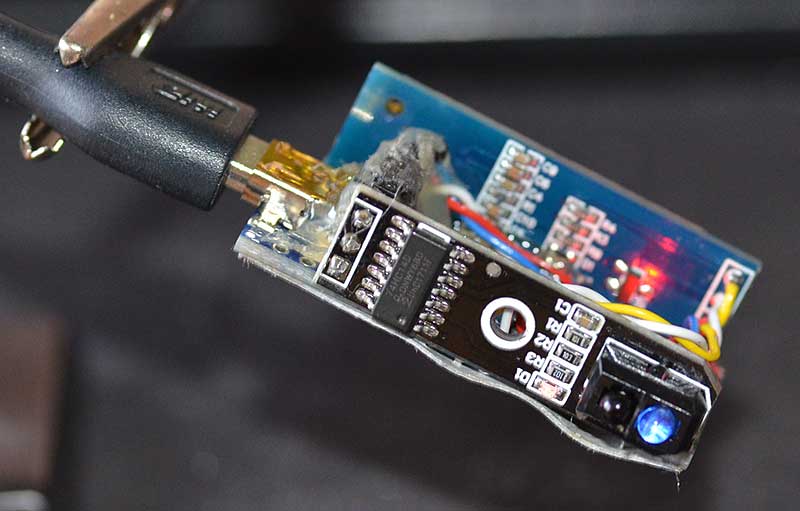A tachometer is a critical component in many vehicles and machines, providing real-time data on engine speed. But what do you do when it stops working? We’re here to help you understand how to fix a stuck tachometer. This guide is tailored for everyone, from the average car owner to the experienced industry QA professional.

Understanding the Importance of a Tachometer
The purpose of a tachometer is to measure and display the rotational speed of an engine’s crankshaft. It’s a key instrument for anyone who drives or operates machinery with an internal combustion engine. To learn more about the different types of tachometers, click here.
Common Symptoms of a Stuck Tachometer
Before diving into the fixes, it’s crucial to identify the symptoms:
- Needle not moving
- Inaccurate readings
- Fluctuating or unstable needle
Initial Diagnostic Steps
Follow these initial steps to diagnose the problem:
- Inspect the Connections: Loose or corroded connections can be the culprit.
- Check the Fuses: A blown fuse can cause the tachometer to stop working.
- Verify the Sensors: Ensure that the tachometer sensors are in good condition.
Resetting the Tachometer
Sometimes, a simple reset is all you need.
- Turn Off the Engine: Make sure the engine is off.
- Disconnect the Battery: This will reset the electrical system.
- Wait a Few Minutes: Give it time before reconnecting.
- Reconnect the Battery: Start the engine and see if the tachometer is functioning.
Inspecting the Wiring and Connections
Issues with wiring are common. Inspect all connections for any signs of damage.
To delve into advanced diagnostics of the tachometer wiring, you can review our detailed guide here.
Using a Diagnostic Tool
If the problem persists, use an automotive diagnostic tool to scan for error codes.
Mechanical Issues and Solutions
For mechanical tachometers, consider:
- Inspecting the Cable: Ensure the cable is intact and properly lubricated.
- Check the Gears: Worn-out gears may need replacing.
Electronic Tachometer Fixes
For electronic tachometers:
- Inspect the Circuit Board: Look for any signs of damaged components.
- Replace Faulty Sensors: Faulty sensors can cause incorrect readings.
Calibration and Testing
After making the necessary fixes, calibrate the tachometer using specialized tools.
Preventive Maintenance
Regular maintenance can prevent future issues:
- Regularly inspect the tachometer and related components.
- Maintain a clean and dry environment to avoid corrosion.
Professional Help
If these methods don’t work, seek professional help. Qualified technicians have the expertise to diagnose and fix complicated issues.
For professional tachometer inspection services, visit High-Speed Paint Inspection.
Conclusion
Fixing a stuck tachometer involves several steps, from initial diagnosis to preventive maintenance. By following this guide, you can ensure your tachometer remains in top condition.

FAQ
Why is my tachometer stuck?
A stuck tachometer can be due to electrical issues, faulty sensors, or mechanical wear and tear.
Can I fix a tachometer myself?
Yes, with the right tools and instructions, you can troubleshoot and fix common issues.
What if the tachometer still doesnt work?
If the tachometer remains unresponsive, seeking professional help is advisable. Visit our page on Semiconductor Wafer Inspection for more information.
